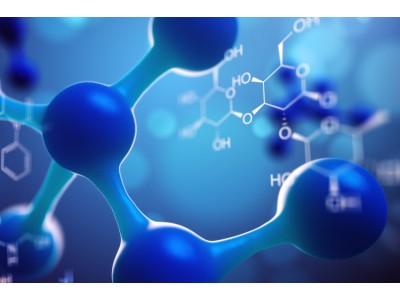| Description | (S)-Coriolic acid (13(S)-HODE) is an important intracellular signaling agent, generated by the reaction of linoleic acid with plant and mammalian lipoxygenases, and is involved in cell proliferation and differentiation in various biological systems. (S)-Coriolic acid inhibits the adhesion of tumor cells to the vascular endothelium and down-regulates the expression of IRGpIIb/IIIa receptors at around 1 μM. (S)-Coriolic acid is a metabolite of 15-lipoxygenase (15-LOX), which often acts as an endogenous ligand to activate PPARγ. (S)-Coriolic acid induces mitochondrial dysfunction and airway epithelial damage. |
| In vitro | (S)-Coriolic acid (30 nM; 6 h; E-FABP-/- keratinocytes) induces K1 expression through NF-κB activation. (S)-Coriolic acid also increases the phosphorylation of Ikkinase-bat tyrosine 199, which promotes IκBα phosphorylation and subsequent NF-kB activation. (S)-Coriolic acid increases the phosphorylation of IκBαat serine 32, which induces IκB degradation and thereby activates NF-κB.[3] |
| In vivo | (S)-Coriolic acid (0-0.6 mg; Intranasal; once a day for 3 consecutive days; mouse) induces pronounced airway dysfunction, airway neutrophilia, mitochondrial dysfunction, and epithelial injury.[2] |
| Synonyms | 13(S)-HODE |
| molecular weight | 296.44 |
| Molecular formula | C18H32O3 |
| CAS | 29623-28-7 |
| Storage | Powder: -20°C for 3 years | In solvent: -80°C for 1 year |
| Solubility | Ethanol: >50 mg/mL (per Rao Maddipati) DMSO: 55 mg/mL (185.54 mM) PBS (pH 7.2): 1 mg/mL DMF: >50 mg/mL (per Rao Maddipati) |
| References | 1. Mabalirajan U, et al. Linoleic acid metabolite drives severe asthma by causing airway epithelial injury. Sci Rep. 2013;3:1349. 2. Ogawa E, et al. Epidermal FABP (FABP5) regulates keratinocyte differentiation by 13(S)-HODE-mediated activation of the NF-κB signaling pathway. J Invest Dermatol. 2011;131(3):604-612. 3. Yuan H, et al. 15-Lipoxygenases and its metabolites 15(S)-HETE and 13(S)-HODE in the development of non-small cell lung cancer. Thorax. 2010;65(4):321-326. 4. Buchanan MR, et al. 13-Hydroxyoctadecadienoic acid is the vessel wall chemorepellant factor, LOX. J Biol Chem. 1985;260(30):16056-16059. 5. Honn KV, et al. Fatty acid modulation of tumor cell adhesion to microvessel endothelium and experimental metastasis. Prostaglandins. 1992;44(5):413-429. |
